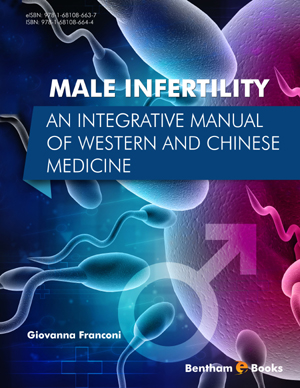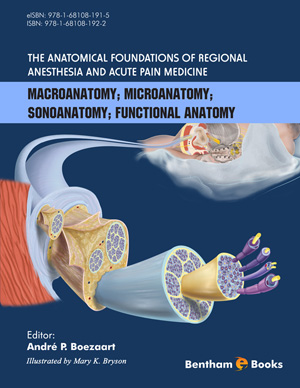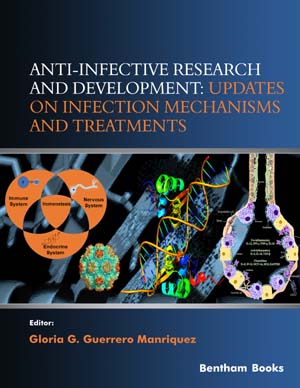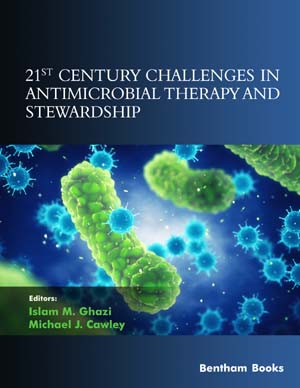Abstract
The outcome of topical dermatological therapy depends on drug potency, topical bioavailability and patient adherence to treatment regimen. A basic understanding of the physicochemical (drug and vehicle) and physiological (skin at treatment site, anatomic site variation in permeability, age and metabolic activity) parameters that govern skin absorption is critical to topical dermatological therapy. An understanding of these parameters can enhance efficacy and reduce or eliminate side effects due to local and/or systemic exposure to drug or vehicle components (excipients). Studies have shown that patients do not prefer the use of an inconvenient and messy topical preparation even if justified by the drug’s effectiveness since the treatment may adversely affect patients’ quality of life. For topical therapy to be successful, it is imperative that healthcare practitioners discuss with patients the advantages and limitations associated with the different vehicle options available for a topical dermatological drug. Such an approach ensures that patients’ desires and preferences are central to the treatment regimen and are therefore expected to improve patient adherence to treatment and treatment outcome. This chapter provides a summary of the physiological and physicochemical aspects of topical drug absorption and methods of optimizing topical dermatological therapy (including the use of microspheres, occlusion by dressings, spray and foam vehicles).
Keywords: Therapeutics, drug therapy, drug delivery systems, drug carriers, pharmaceutical vehicles, drug administration routes, administration, topical, administration, cutaneous, skin, dermis, epidermis, stratum corneum, dermatological vehicles, topical efficacy, topical bioavailability, topical foams.






















